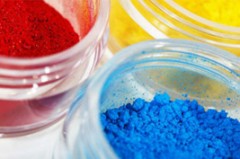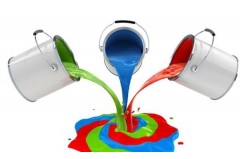Application
Different chemical properties of anatase titanium dioxide and rutile titanium dioxide
The difference in the unit cell structure of rutile and anatase also leads to the difference in the physicochemical properties of the two crystal forms.
From a thermodynamic point of view, rutile is the most stable crystal form, with a melting point of 1870 °C; while anatase is a low-temperature phase of titanium dioxide, which is generally transformed into rutile at 500 °C to 600 °C. The essence of titanium dioxide crystal transformation is the structural rearrangement of the octahedron of the unit cell structure. The atomic arrangement in the rutile crystal structure is more dense, the density, hardness, dielectric constant are higher, and the scattering of light is also greater.
Therefore, rutile titanium dioxide is a commonly used white paint and anti-ultraviolet material, which has a very strong shielding effect on ultraviolet rays, and has a wide range of applications in industrial coatings and cosmetics.
The band gap width of anatase is slightly larger than that of rutile, and photogenerated electrons and holes are not easy to recombine on the surface, so it has higher photocatalytic activity and can directly use ultraviolet light in sunlight for photocatalytic degradation without causing secondary degradation and secondary pollution.
Therefore, anatase is a commonly used photocatalytic material for dealing with environmental pollution problems.




